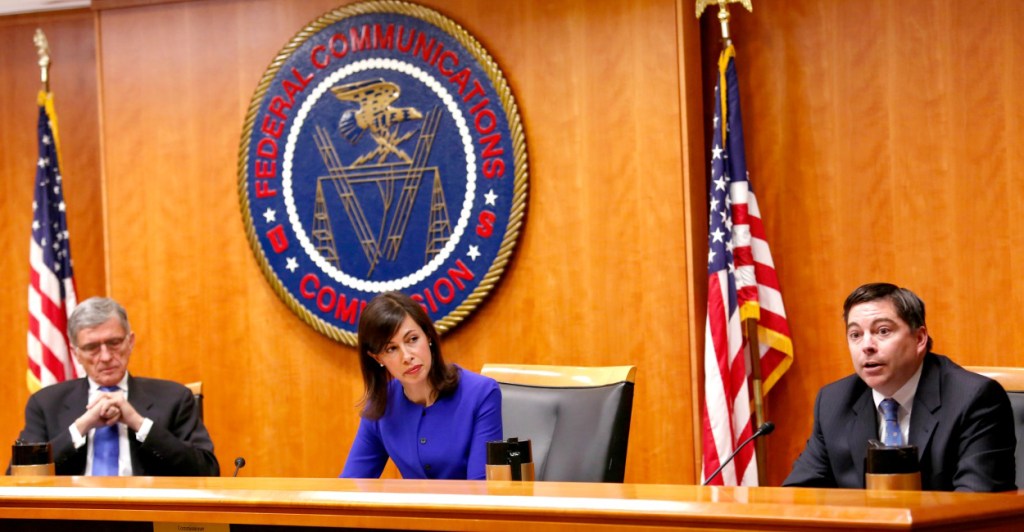Sixteen months after the Federal Communications Commission imposed heavy new regulations on broadband services, a federal appeals court—by a 2-1 vote—upheld the new rules.
The decision was a loss not just for providers of internet access, but for the consumers who—up until now—have benefited from the innovation and growth that has stemmed from the internet’s open marketplace.
At issue was the February 2015 decision by the FCC to reclassify internet service providers such as Verizon and Comcast as public utilities, opening up broadband services to detailed and comprehensive regulation of the sort imposed on 19th century railroads and early 20th century monopoly telephone companies. At the same time, the FCC slapped broad new “net neutrality” restrictions on these broadband providers.
These rules in effect ban the providers from treating any of the bits of content delivered over their networks any differently than other bits of content on their networks. Thus, for instance, providers would be banned from offering “paid prioritization,” meaning they could not offer premium service to internet content firms for a fee.
Supporters of this ban say such “neutrality” protects smaller firms from their rivals. But in practice, it will do the opposite: limiting the ability of challengers to differentiate their service from others. Rather than a threat to the marketplace, premium pricing (and discount pricing) are important elements of a well-functioning market.
Even worse, the FCC rules also included a catch-all “general conduct standard.” This standard, even vaguer than the neutrality rules themselves, bans “unreasonable interference” with consumers’ and content providers’ ability to send or receive content. What is unreasonable is undefined, left for the FCC to define later, and for broadband providers to guess for now.
The rules were immediately challenged on a dizzying number of grounds, ranging from the FCC’ failure to give the public notice of what it intended (the rules were changed at the last minute at the behest of President Barack Obama), to a failure to assess the impact of the rules, to unconstitutional limits on the free speech rights of internet providers.
In a 115-page opinion, the court brushed aside all of these arguments, upholding the FCC’ decision on all points. In so doing, it also brushed aside the arguments—and data—of dissenting Judge Stephen Williams.
The decision was a loss for broadband service providers in the same sense that Little Big Horn was a loss for General Custer. But more importantly, the decision is a loss for American consumers, who will see fewer innovative services and less investment in networks as a result of this decision.
And this is not the end: Regulation advocates have already moved to expand the reach of the new rules, launching an effort to ban popular “zero-rating” plans, such as T-Mobile’s “Binge on” service, under which consumers can stream selected online services without making a dent in their data plans. Consumers like that—but neutrality advocates say it fails to treat everyone the same, as required under the rules upheld today.
The courts may not be finished with this long-running fight just yet: today’s decision could still be reviewed by the Supreme Court. But the real action will likely move on to Congress. Leaders in both the House and Senate have so far tried to craft a compromise solution on the issue, introducing legislation to strip the FCC of its power to reclassify broadband providers as public utilities, while also enshrining certain neutrality rules into law, including paid prioritization.
A stronger response is needed. Congress should step forward and overturn the FCC decision in its entirety.
The strength of the internet is based on a simple truth: less government intervention and regulation results in innovation and a vibrant exchange of ideas. That has been shown time and again in recent years. But the rules upheld today threaten that success. For the FCC, this is the 1930s all over again—when telephones looked like black candlesticks and comprehensive, innovation-chilling monopoly regulation was the order of the day. It is now Congress’ turn to step in and return the internet—and its users—to the 21st century.
